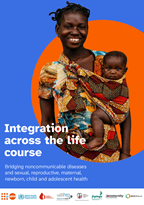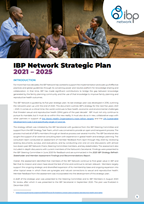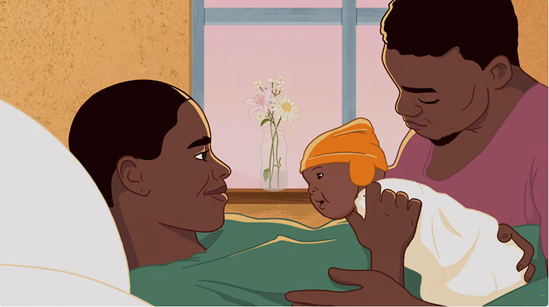An Afghan woman holds her one year old daughter Roqia at Family Health House on September 8, 2014 in Shiber district of Bamiyan, Afghanistan.
Sexual and reproductive health and rights
Sexual and reproductive health refers to a broad range of services that cover access to contraception, fertility and infertility care, maternal and perinatal health, prevention and treatment of sexually transmitted infections (STIs), protection from sexual and gender-based violence, and education on safe and healthy relationships.
Experiencing sexual and reproductive health means that a person has complete physical, mental and social well-being in all matters relating to their reproductive system and its functions. In everyday life, this means that people are able to have satisfying and safe sex lives, to have healthy pregnancies and births, and decide if, when and how often to have children.
Access to sexual and reproductive health services is a human right and should be available to all people throughout their lives, as part of ensuring universal health coverage. This not only contributes to improved health outcomes, but also to gender equality and wider development.
Ensuring access to comprehensive sexual and reproductive health services upholds the dignity, rights and well-being of people worldwide. When people have control over their sexuality and reproduction, they can fully participate in social, economic and political spheres.
Investing in a package of sexual and reproductive health services (including family planning, maternal and newborn care, and treatment for curable sexually transmitted infections) that fully meets the needs of all people has been shown to provide multiple health, social and economic benefits including significant decreases in unintended pregnancies, unsafe abortions and maternal deaths.
When sexual and reproductive health services are absent, there are serious negative impacts. Stopping evidence-supported and time-tested public health programmes destabilizes the health, economics and security of communities.
Advancing comprehensive sexual and reproductive health coverage requires political commitment and well-defined, coherent strategies for ensuring progress. In moving towards these aims, WHO recommends the following:
- Ensure that sexual and reproductive health is integrated into national health policies and plans.
- Review existing laws and regulations that affect the provision of, and access to, related services; when necessary, align these with human rights international laws and commitments.
- Include comprehensive sexual and reproductive health services within national health benefit packages, following an approach that addresses people’s needs throughout their lives.
- Ensure that priority-setting processes for health benefit packages are guided by principles of equity, rights and gender equality. Promote the active participation and leadership of women and girls at all levels.
- Ensure sufficient resources for civil society actors and strengthen accountability.
- Invest in and strengthen national governments’ capacity for improved measurement and tracking of resource flows for sexual and reproductive health services.
- Strengthen the evidence-base for advocacy and resource mobilization by developing investment cases on the health, social and economic costs and benefits of investing in sexual and reproductive health.


/sexual-and-reproductive-health-and-research-(srh)/who-self-care-communications-toolkit-20258f00d7f10ebe4146b3ade201ef8a7131.tmb-144v.png?sfvrsn=973505f0_6)



/sexual-and-reproductive-health-and-research-(srh)/contraception-and-fertility-care-(cfc)/fertility-care-is-part-of-health-care.tmb-549v.jpg?sfvrsn=89939e83_1)
/sexual-and-reproductive-health-and-research-(srh)/contraception-and-fertility-care-(cfc)/tobacco-use-causes-infertility.tmb-549v.jpg?sfvrsn=1ee50ca2_1)
/sexual-and-reproductive-health-and-research-(srh)/contraception-and-fertility-care-(cfc)/1-and-6-people-of-reproductive-age-experience-infertility-at-some-stage.tmb-549v.jpg?sfvrsn=a4b4eb38_1)
/sexual-and-reproductive-health-and-research-(srh)/contraception-and-fertility-care-(cfc)/most-cases-of-infertility-can-be-successfully-treated.tmb-549v.jpg?sfvrsn=cfea0c3e_1)

/sexual-and-reproductive-health-and-research-(srh)/beliefs-and-social-norms-opening-remarks-by-dr-pascale-allotey.tmb-549v.png?sfvrsn=f84ccdda_1)





